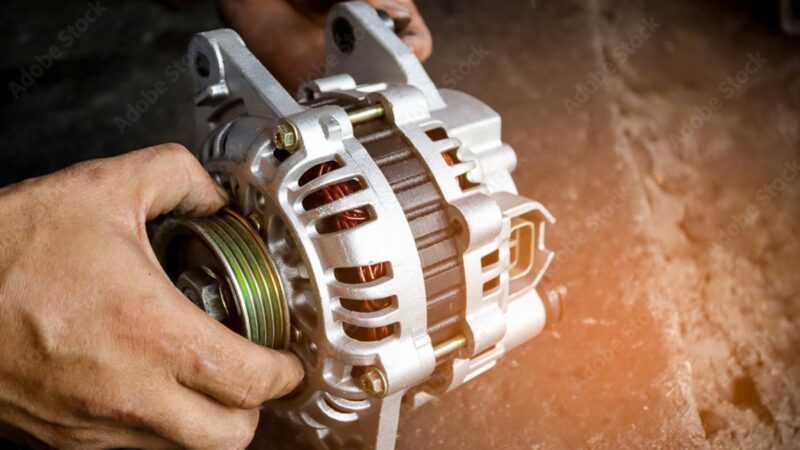Powering the Future: Your Roadmap for SAP ECC to S/4HANA Migration

The SAP ECC to S/4HANA migration represents a transformative leap for organizations aiming to modernize their enterprise resource planning (ERP) systems. SAP ECC, a cornerstone of many businesses, relies on traditional database architectures that can struggle to meet the demands of today’s fast-paced, data-driven world. SAP S/4HANA, built on the in-memory HANA database, offers real-time processing, simplified data structures, and a user-friendly Fiori interface. This blog provides a comprehensive guide to the SAP ECC to SAP S/4HANA migration, exploring its benefits, challenges, strategic approaches, and actionable best practices to ensure a seamless transition.
Why Pursue SAP ECC to S/4HANA Migration?
The SAP ECC to S/4HANA migration delivers significant advantages that empower businesses to thrive in a digital economy. The in-memory HANA database accelerates data processing, enabling real-time analytics that drive informed decision-making. For instance, financial reporting tasks in ECC that once took hours—such as generating balance sheets or reconciling accounts—can now be completed in seconds with S/4HANA. The platform’s simplified data model eliminates redundancies, reducing storage costs and enhancing system performance. This efficiency translates to faster transaction processing and improved operational agility.
Another compelling reason for the SAP ECC to S/4HANA migration is its support for advanced technologies. S/4HANA integrates seamlessly with artificial intelligence (AI), machine learning, and the Internet of Things (IoT), enabling businesses to innovate and adapt to market changes. The Fiori interface, a hallmark of S/4HANA, provides a mobile-friendly, intuitive user experience, boosting employee productivity and engagement. Additionally, S/4HANA offers flexible deployment options—on-premise, cloud, or hybrid—allowing organizations to tailor the system to their specific needs.
With SAP ECC’s mainstream maintenance ending in 2027 (extendable to 2030 with additional costs), the SAP ECC to S/4HANA migration ensures long-term support and compliance. Delaying the transition risks falling behind competitors who leverage S/4HANA’s capabilities to drive efficiency and innovation. By embracing this migration, businesses can future-proof their operations and position themselves for sustained growth.
Challenges in SAP ECC to S/4HANA Migration
While the benefits are substantial, the SAP ECC to S/4HANA migration is a complex undertaking. Legacy ECC systems often include extensive customizations, third-party integrations, and complex data structures that may not align with S/4HANA’s streamlined architecture. Custom code, for example, may need to be reengineered or replaced with standard S/4HANA processes, increasing project scope and complexity. Data migration poses another significant challenge, as organizations must cleanse, transform, and map legacy data to fit S/4HANA’s simplified data model. Poor data quality or incomplete mappings can lead to errors and delays.
Organizational change management is equally critical during the SAP ECC to S/4HANA migration. Employees accustomed to ECC’s interface and processes may resist adopting S/4HANA’s new workflows and Fiori interface, potentially impacting productivity. Training and communication are essential to address this resistance and ensure a smooth transition. Furthermore, the migration requires significant investment in time, resources, and expertise. Without a clear strategy, businesses risk budget overruns, extended downtime, or incomplete migrations that fail to deliver the expected benefits.
Strategic Approaches to SAP ECC to S/4HANA Migration
To address these challenges, organizations must choose the right migration approach. SAP offers three primary paths for the SAP ECC to S/4HANA migration:
- Greenfield Approach: This involves a fresh implementation of S/4HANA, allowing businesses to redesign processes and eliminate legacy inefficiencies. It’s ideal for organizations seeking a clean slate but requires significant time and effort to rebuild processes from scratch.
- Brownfield Approach: This system conversion approach upgrades the existing ECC system to S/4HANA while retaining most processes and configurations. It’s faster and less disruptive but may carry over outdated customizations that limit S/4HANA’s benefits.
- Hybrid Approach: Also known as selective data transition, this combines elements of greenfield and brownfield, allowing businesses to migrate specific processes or data while reengineering others. It offers flexibility but requires careful planning to balance complexity and benefits.
Selecting the right approach depends on factors like business goals, budget, timeline, and the extent of customizations in the ECC system. A thorough assessment using tools like SAP Readiness Check can help organizations make an informed decision.
Best Practices for a Successful SAP ECC to S/4HANA Migration
To ensure a smooth SAP ECC to S/4HANA migration, organizations should adopt the following best practices:
- Conduct a Comprehensive Assessment: Begin with a detailed analysis of the ECC landscape to identify customizations, integrations, and data quality issues. Tools like SAP Readiness Check provide insights into system compatibility and help define the migration scope. Align the project with business objectives, such as improving reporting speed or enabling real-time analytics.
- Prioritize Data Quality: Cleanse and archive redundant or obsolete data before the SAP ECC to S/4HANA migration to reduce complexity. Use tools like SAP Data Services to validate and map data accurately, ensuring a seamless transition to S/4HANA’s data model.
- Engage Stakeholders Early: Involve business users, IT teams, and leadership from the outset to align expectations and secure buy-in. Provide comprehensive training on S/4HANA’s features, particularly the Fiori interface, to facilitate adoption and minimize resistance.
- Test Rigorously: Perform multiple testing cycles, including unit, integration, and user acceptance testing, to identify and resolve issues before go-live. Simulate real-world scenarios to ensure system stability and performance under typical workloads.
- Leverage Expert Support: Partner with experienced SAP consultants or implementation partners to navigate technical and functional challenges. Their expertise can streamline the SAP ECC to S/4HANA migration and mitigate risks.
- Plan for Post-Migration Optimization: After go-live, monitor system performance and gather user feedback to identify areas for improvement. Optimize processes and configurations to fully leverage S/4HANA’s capabilities.
Conclusion
The SAP ECC to S/4HANA migration is a strategic opportunity for businesses to unlock real-time insights, streamline operations, and embrace innovation. While challenges like customizations, data migration, and user adoption exist, a well-planned approach can mitigate risks and ensure success. By conducting thorough assessments, choosing the right migration path, prioritizing data quality, and engaging stakeholders, organizations can navigate the SAP ECC to S/4HANA migration with confidence. With the 2027 deadline approaching, now is the time to act, ensuring your business remains competitive and future-ready in the digital era.



